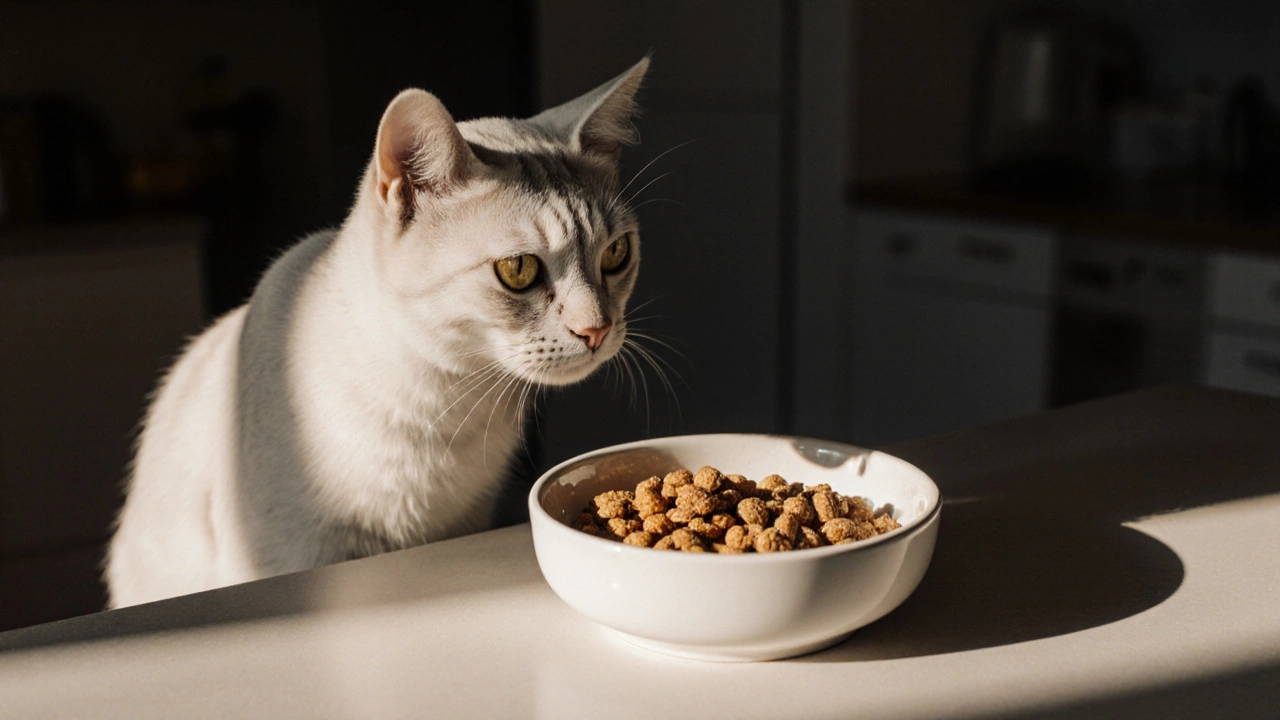Wet vs Dry Cat Food: What’s Best for Your Feline?
When working with wet vs dry cat food, the decision between moisture‑rich canned meals and low‑moisture kibble that shapes a cat’s diet. Also known as wet and dry cat food, it directly influences nutrition, hydration and overall wellbeing. Alongside this, many owners compare dry cat food, low‑moisture kibble that can help keep teeth clean and is easy to store with wet cat food, high‑moisture canned options that mimic a cat’s natural prey. Understanding these basics sets the stage for smarter feeding decisions.
One of the biggest differences is moisture content. Wet food typically contains 70‑80% water, which helps meet a cat’s daily fluid needs without extra bowls of water. This is especially helpful for indoor cats or those prone to urinary issues. Dry food, on the other hand, can be as low as 10% moisture, so owners must ensure fresh water is always available. From a cat nutrition, balanced protein, fats and essential vitamins are crucial regardless of format, the quality of ingredients matters more than the form. Look for real meat as the first ingredient, and avoid excessive fillers like corn or wheat that add calories without nutrition.
Key Factors to Consider When Choosing
Cost and convenience often tip the scales. Dry kibble is generally cheaper per serving and can be left out for longer periods, making it a popular choice for busy households. It also scores points for dental health; the crunchy texture can help reduce plaque buildup, although it’s not a replacement for regular dental care. Wet food tends to be pricier, but many cats find the texture and aroma more appealing, which can be a lifesaver for picky eaters or senior cats with reduced appetite. From a cat health, maintaining a healthy weight and preventing urinary problems are top priorities, and the right mix of wet and dry can address both.
Feeding schedule plays a role, too. Cats are natural grazers, but most owners feed twice a day. Dry food supports free‑feeding because it stays fresh longer, while wet food is best served in measured portions to avoid spoilage. Mixing the two lets you enjoy the convenience of kibble and the hydration boost of canned meals. Some vets recommend a 70/30 split—70% dry, 30% wet—to balance dental benefits with moisture intake. Adjust the ratio based on your cat’s age, activity level and any medical conditions.
Practical tips can make the choice easier. Store dry kibble in an airtight container to keep it fresh and crunchy. For wet food, use a sealed can or split servings into smaller containers and refrigerate any leftovers within two hours. Gradually introduce a new type by mixing a small amount with the current food, increasing the proportion over a week. This reduces stress and lets you monitor how your cat reacts to texture and taste changes. Remember, the goal isn’t to pick a winner but to create a balanced diet that meets all of your cat’s needs.
Ultimately, the best approach often combines both formats. By pairing the hydration power of wet vs dry cat food with the convenience and dental advantages of kibble, you give your cat a well‑rounded diet that supports health, flavor preferences and lifestyle. Below you’ll find a curated list of articles that dive deeper into nutrition facts, ingredient guides, feeding schedules and more, helping you tailor the perfect meal plan for your furry friend.
Posted By Bryndle Redding On 8 Oct 2025 Comments (0)
Mixing Wet and Dry Cat Food: Benefits, Risks & How‑to Guide
Learn if you can safely mix wet and dry food for your cat, the benefits, the right ratios, and common pitfalls in this practical guide.
READ MORE